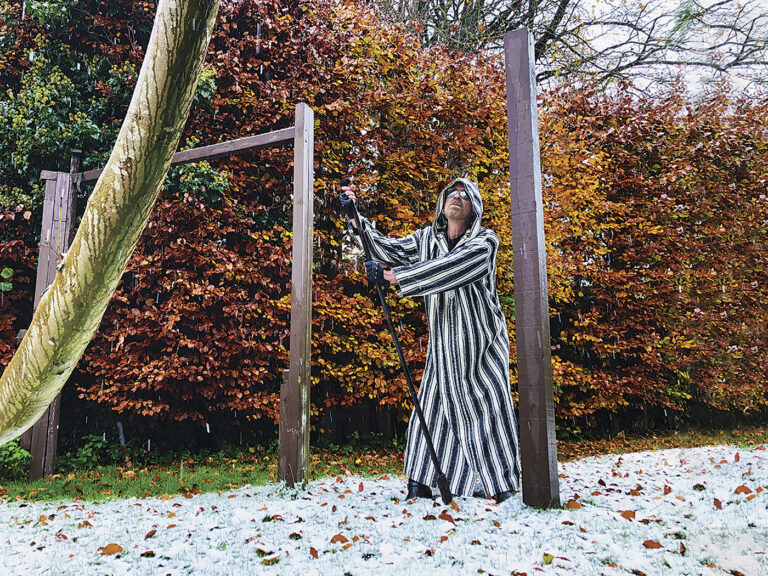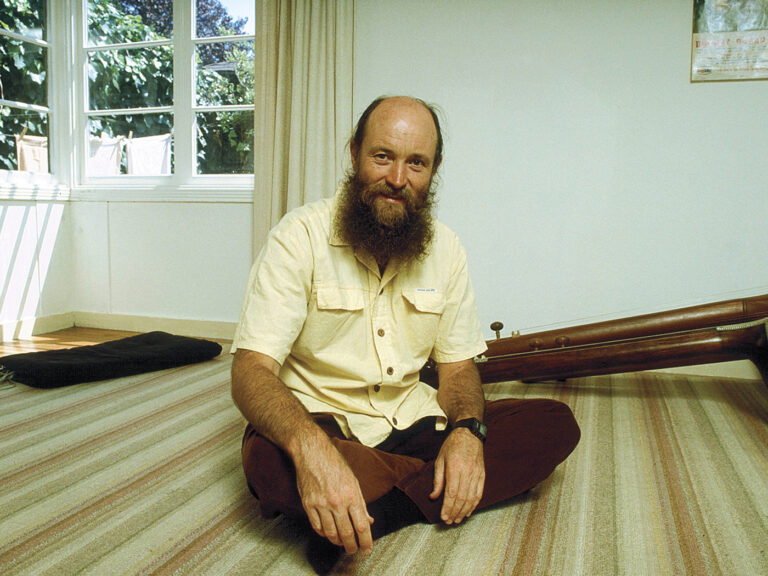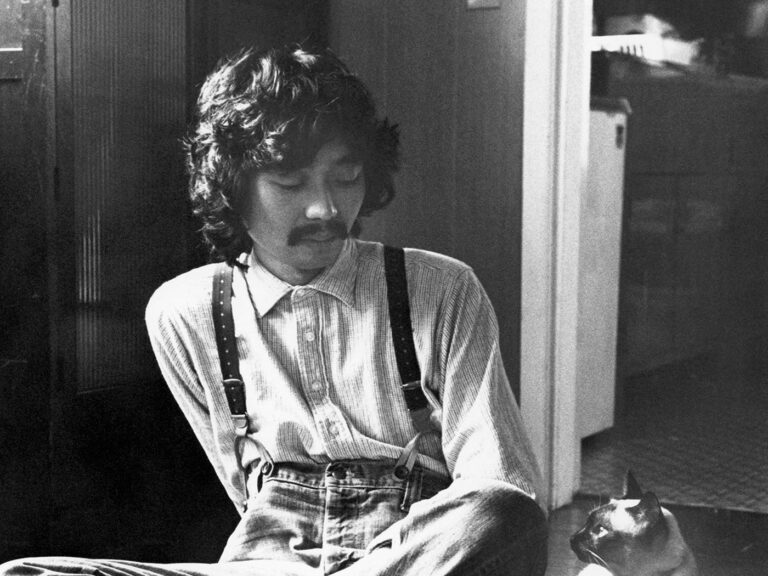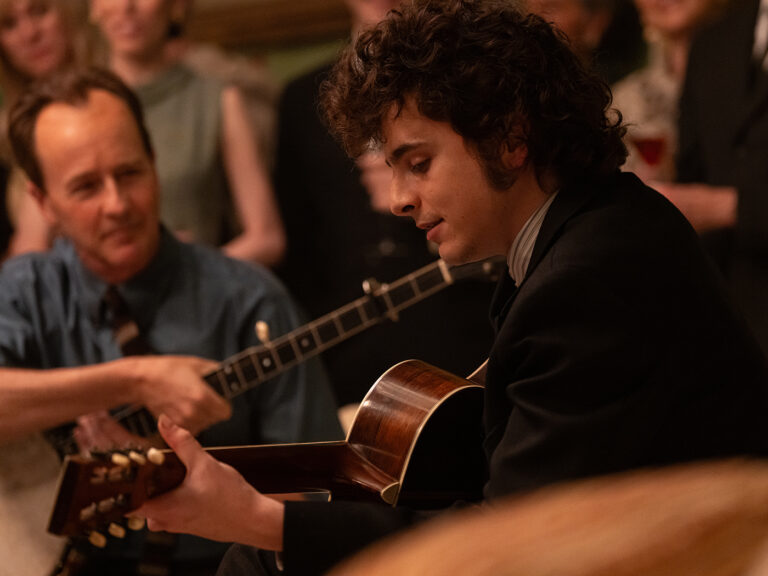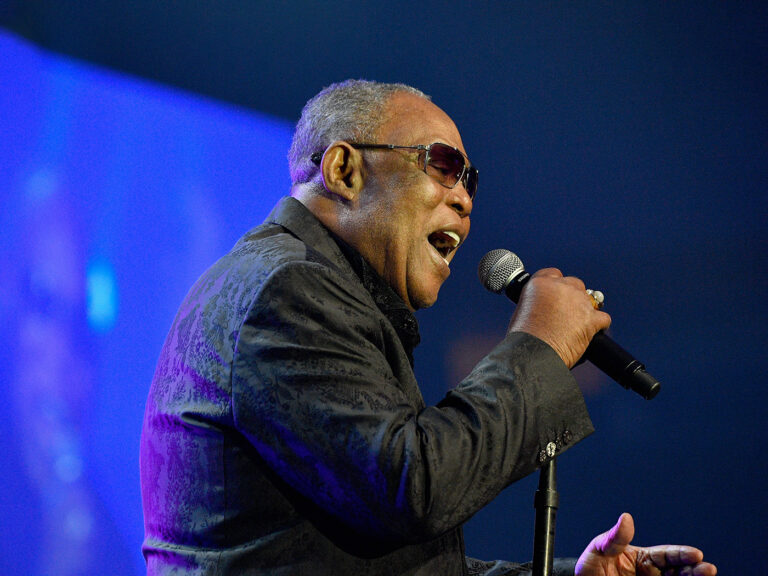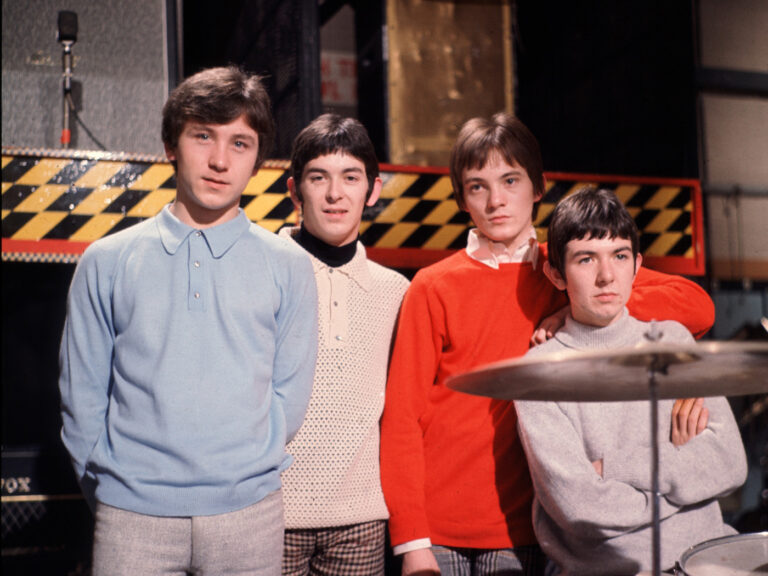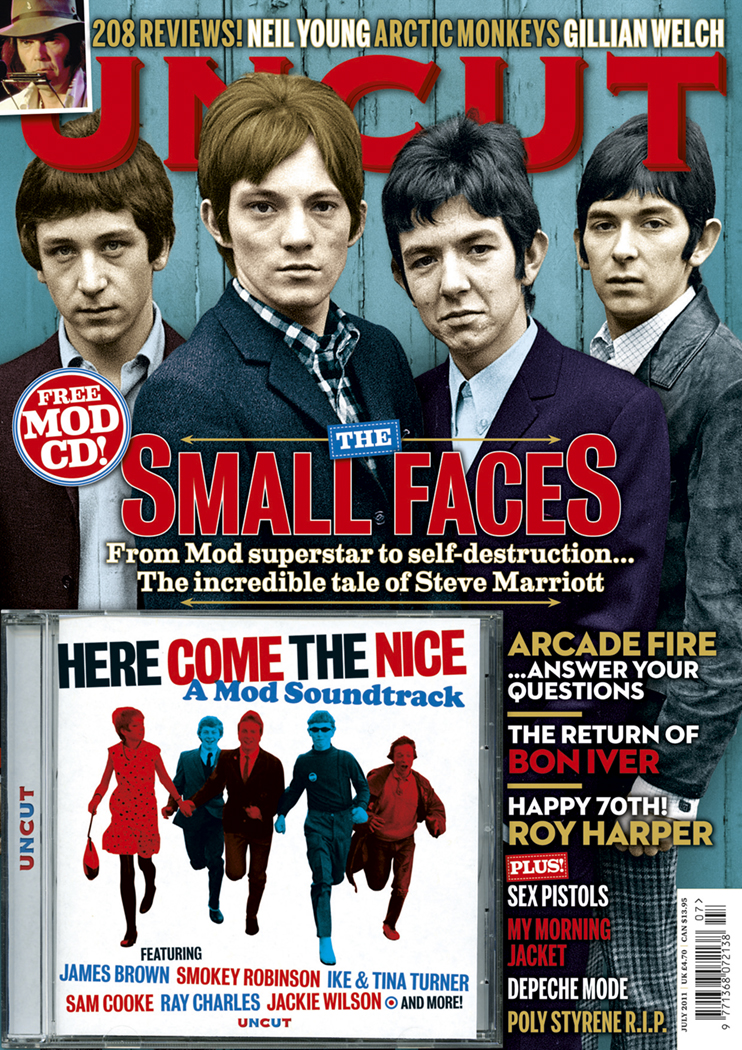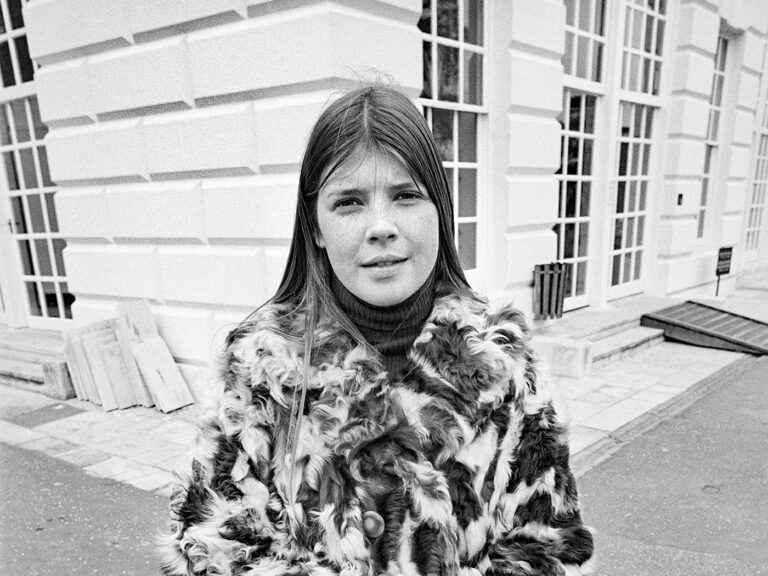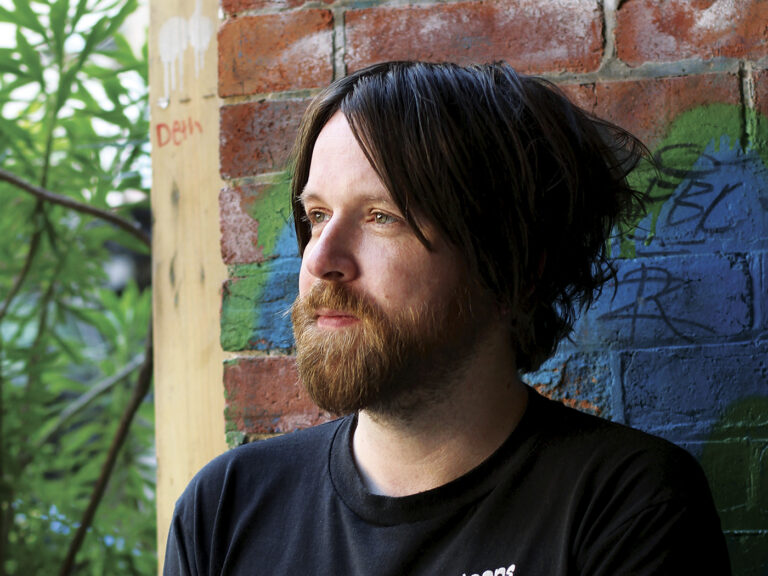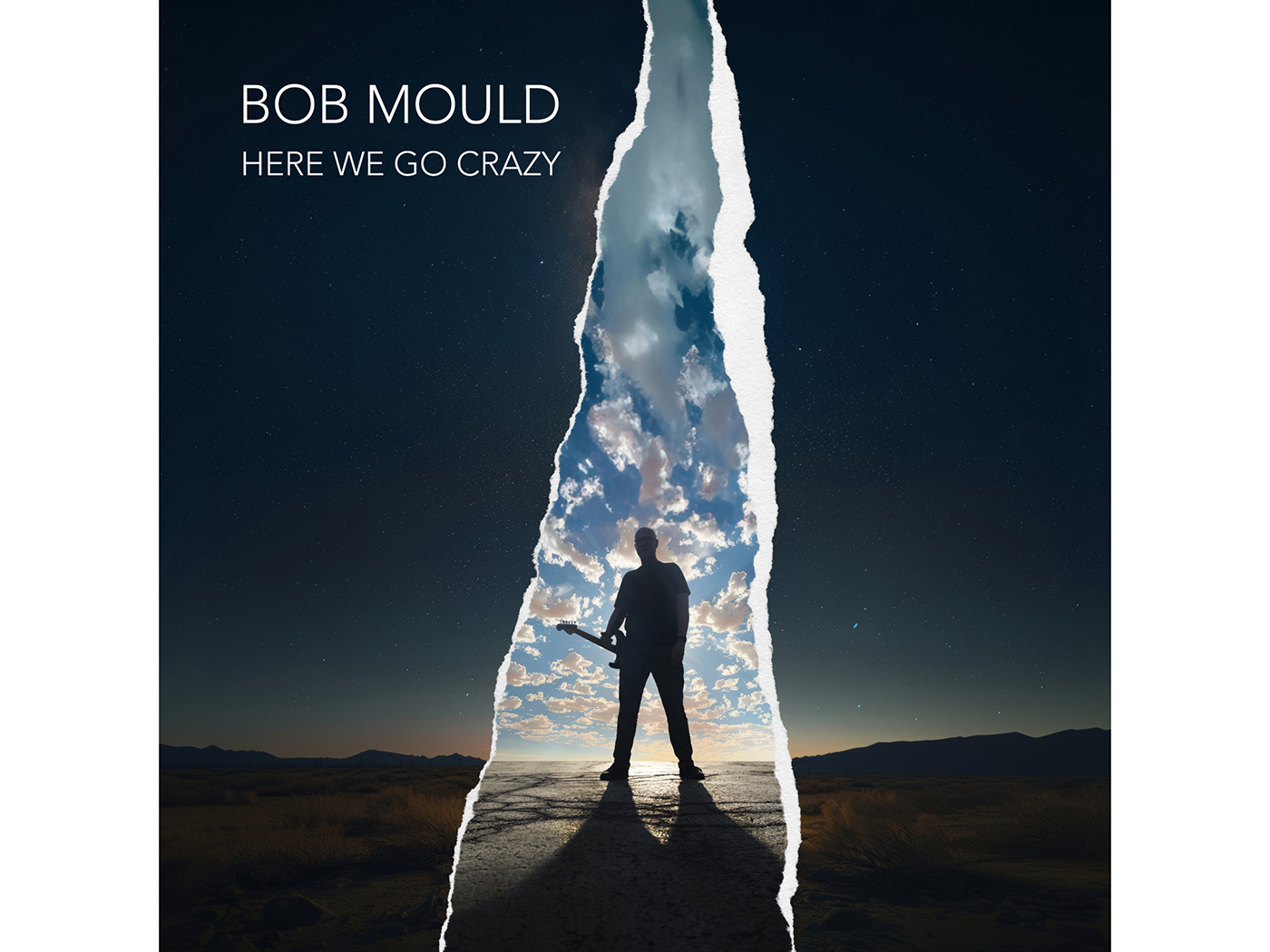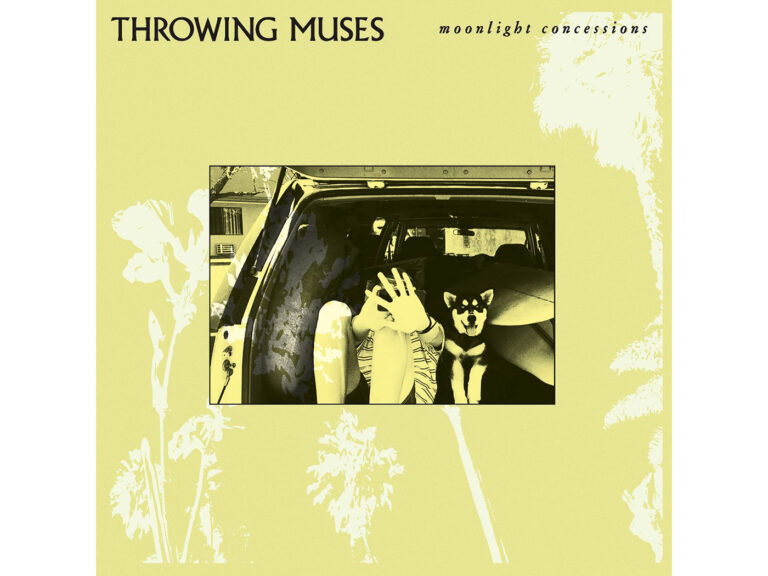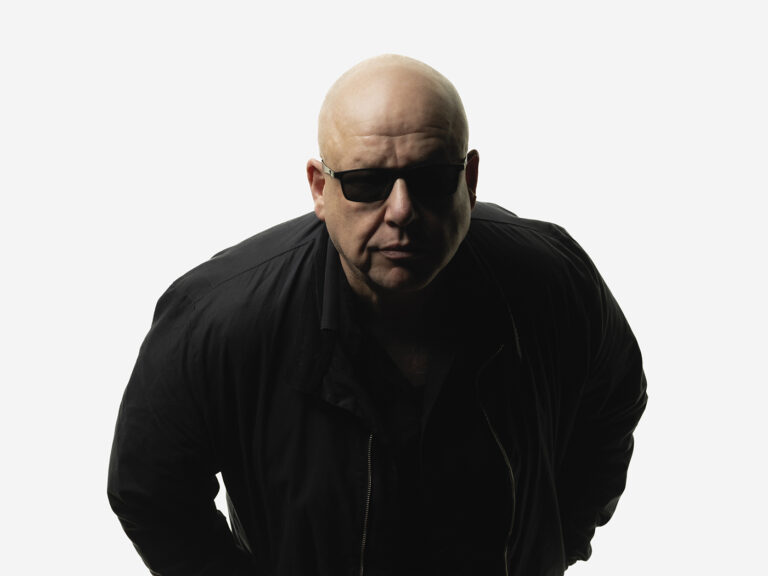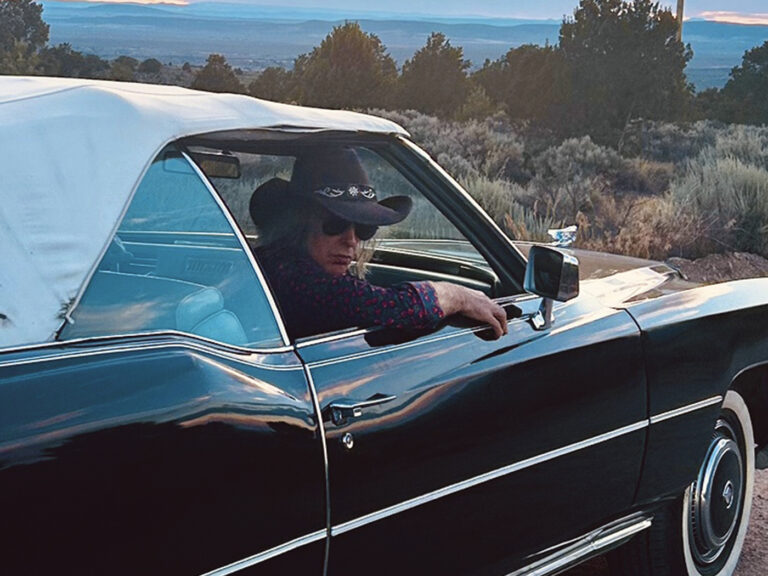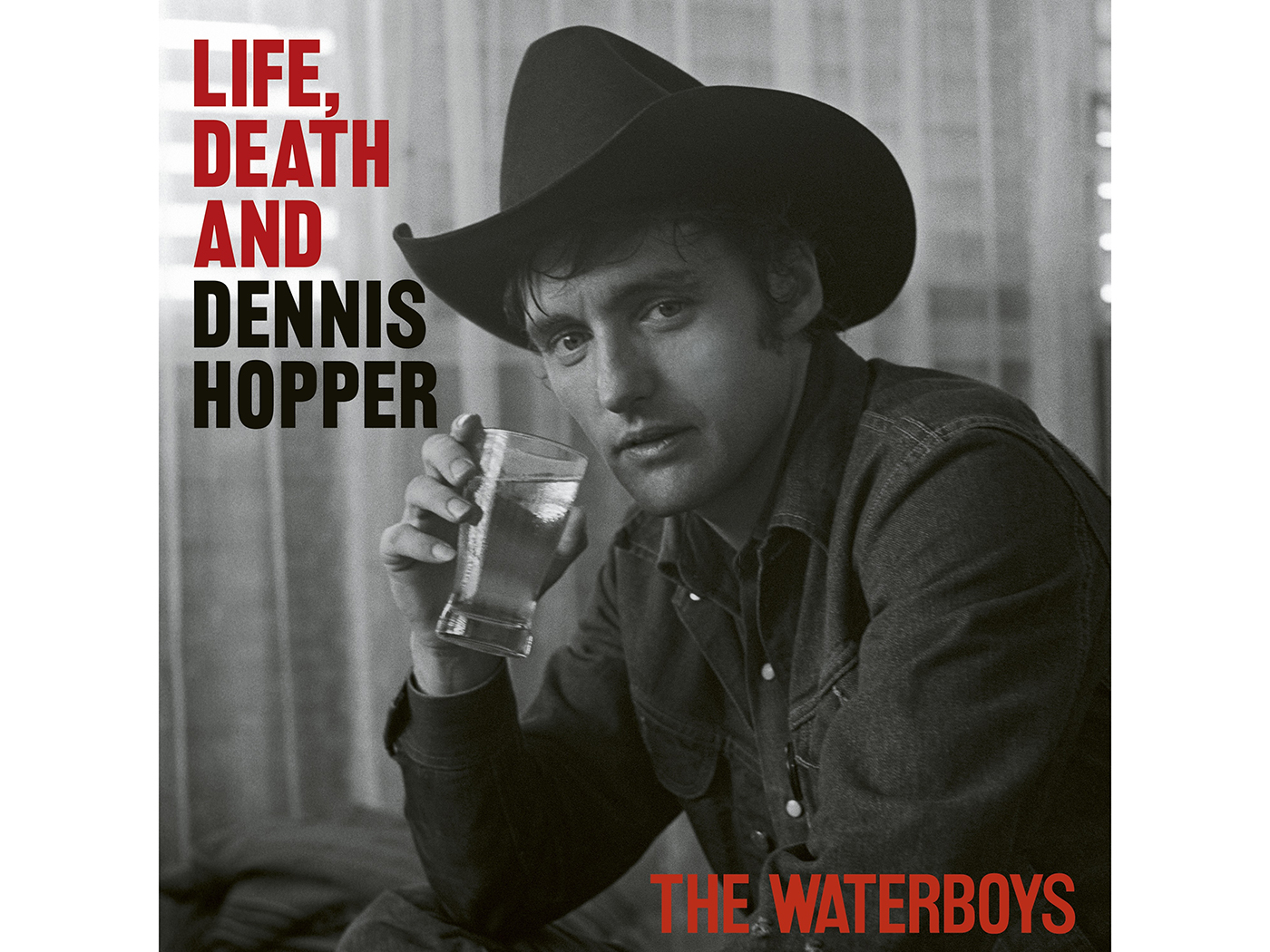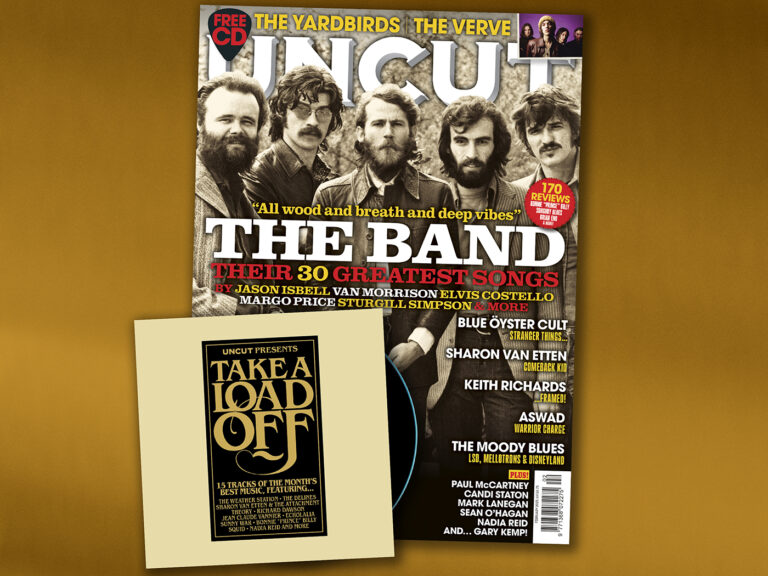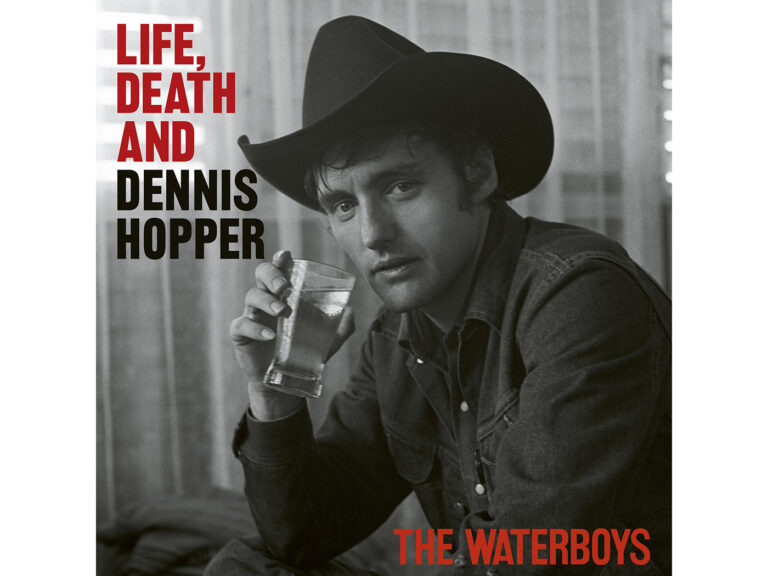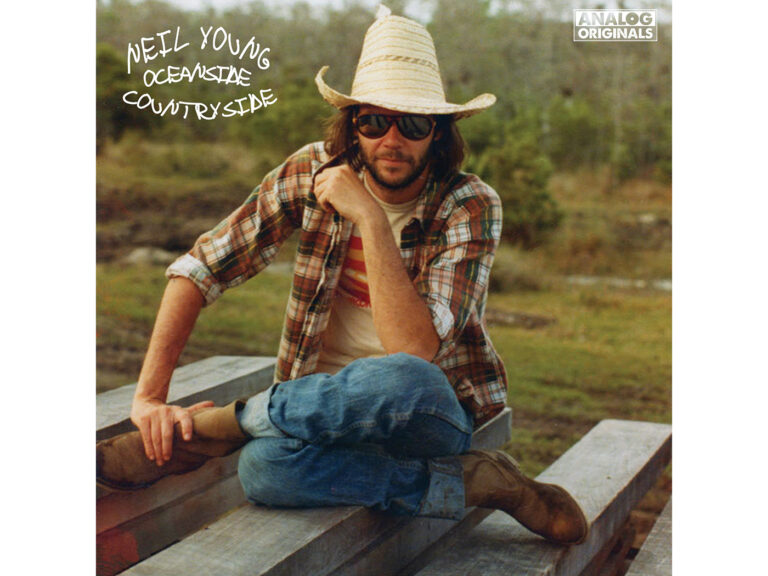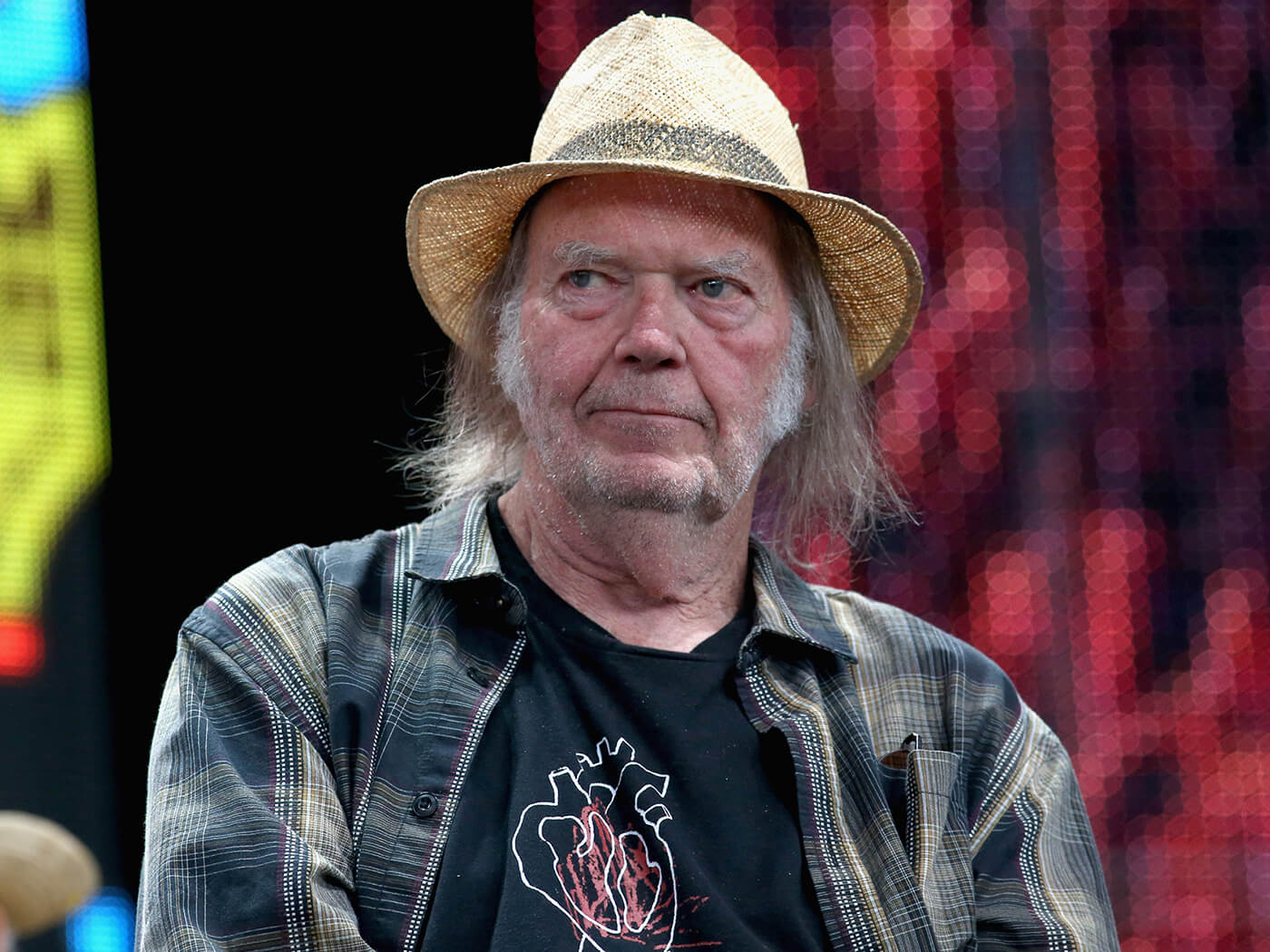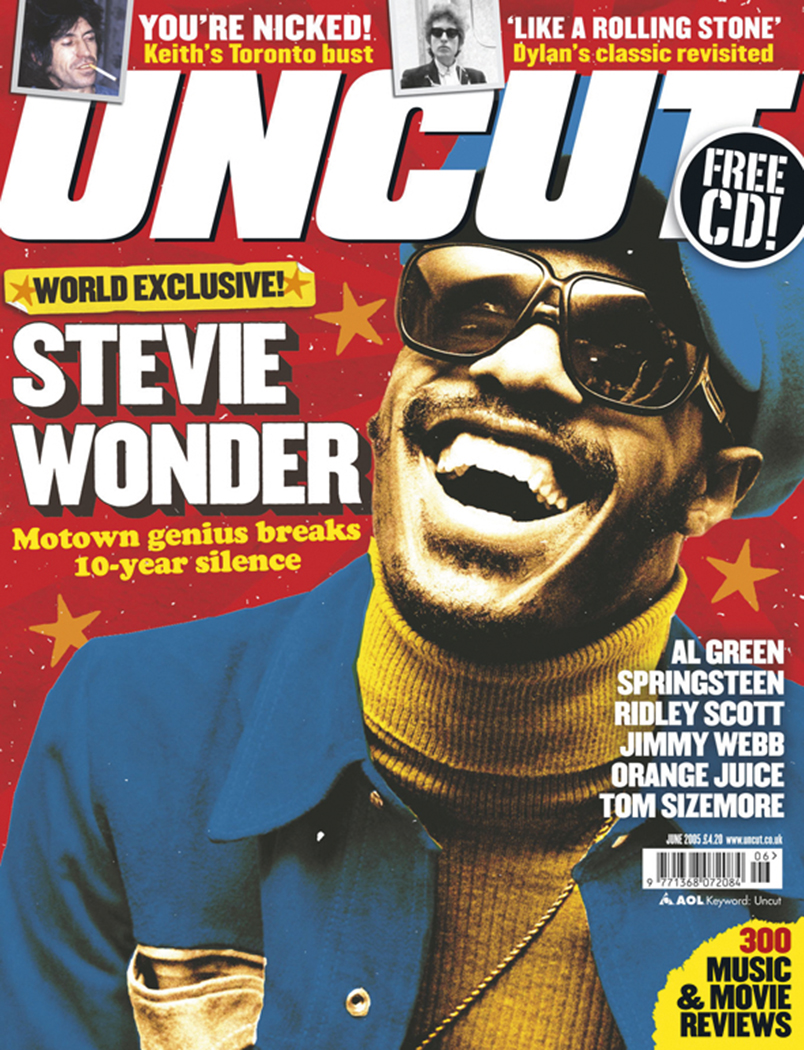Rocking out in the margins, Julian Cope has been on a roll in recent years. 2020’s Self Civil War was his finest record in 25 years, and 2022’s England Expectorates was almost as good (bonus points for the melodic nail-bomb of “Cunts Can Fuck Off”). Then came last year’s Robin Hood, without Cope’s name on the packaging, and now Friar Tuck, also mysteriously cloaked. It appears, as all his music has since 1997’s Rite 2, on Cope’s own Head Heritage label (a vinyl edition is on its way too, his first since 2017’s Drunken Songs): that means home recordings and low production values on one hand, but direct and fluid expression on the other. Basically, he’s free to do what he wants, with all the good and bad that entails.
Rocking out in the margins, Julian Cope has been on a roll in recent years. 2020’s Self Civil War was his finest record in 25 years, and 2022’s England Expectorates was almost as good (bonus points for the melodic nail-bomb of “Cunts Can Fuck Off”). Then came last year’s Robin Hood, without Cope’s name on the packaging, and now Friar Tuck, also mysteriously cloaked. It appears, as all his music has since 1997’s Rite 2, on Cope’s own Head Heritage label (a vinyl edition is on its way too, his first since 2017’s Drunken Songs): that means home recordings and low production values on one hand, but direct and fluid expression on the other. Basically, he’s free to do what he wants, with all the good and bad that entails.
Mostly, on Friar Tuck, that leads to an exhilarating 40 minutes. It doesn’t have the madcap range of 1991’s Peggy Suicide or the following year’s Jehovahkill, records on which Cope explored the rough and ready, first-take ethos he’d discovered on 1989’s Skellington and 1990’s Droolian, but these 12 songs are brimming with a breezy vitality that’s not always been present on Cope’s epic releases over the last couple of decades.
If you’ve heard any of those, you know in part what this record sounds like: distorted wah-wah guitars, DI’d electro-acoustic guitars, drum machines and Mellotrons armed with the very tapes used on Tangerine Dream’s Atem. And yet Friar Tuck also reaches out sonically to synth-string funk on “In Spungent Mansions”, chiming, Smiths-esque melancholy on “1066 & All That” and slow-burning drone-rock on the seven-and-a-half-minute “Me And The Jews”.
“The Dogshow Must Go On” is the earworm here, a sub-two-minute garage charmer that moves from a krautrock Stooges groove (reminiscent of 1995’s “Queen/Mother”) to the kind of post-punk Cope pursued on his own solo debut, World Shut Your Mouth, 40 years ago. In stupendous and hilarious Cope-ian fashion it references Crufts, the Gurteen Stones, Jesus Christ and “a new people critical of canine love”, but the overall meaning remains thrillingly slippery: is this a rallying pro-dog message from someone who’s owned miniature schnauzers named Smelvin and Iggy Pup? Or is that missing the point entirely? Cope similarly makes no attempt at accessibility on the closing miniature, “Will Sergeant’s Blues”, where he’s surely taking the piss out of Ian McCulloch’s vocal style, even as he sings about Eeyore selling off Thousand Acre Wood for fracking.
Elsewhere, Cope’s drift is clearer when he looks back from the vantage point of his late sixties. “I didn’t think I’d get to live this long,” he croons on “Done Myself A Mischief”, “I’ve been so many people/And I’ve been just one.” “In Spungent Mansions” takes a look at his Liverpool punk pal Pete Burns, who he always remained fond of: “Exquisite and otherly/And each one on the dole… And I had scabies…” On the organ-driven motorik of “Four Jehovahs In A Volvo Estate” he zooms into a moment from his childhood, when a friend’s religious family moved away, ruining Cope’s Subbuteo championship. “Now I’m stuck trashing my preteen little brother,” he laments. “I hope Jehovah finds your house and causes degradation…”
Yet what of Robin Hood and Friar Tuck? What about this myth has so intrigued Cope, a man usually interested in the more rock-solid monuments of prehistory? “It’s a secret,” he tells Uncut, and clues are few and far between here. “R In The Hood”, like “Eve’s Volcano (Covered In Sin)” put through a dub echo chamber, talks of “peace” in contradictory terms before concluding “everybody wants a peace of the action”. Inside the booklet there’s a map suggesting Tuck came from the north of Scotland, journeyed to Sherwood Forest and ended up heading to the Crusades via “the Jewish Port of Mara Zion” in Cornwall.
Perhaps Cope identifies with the Merry Men’s anti-authoritarian views, as echoed in a poem, “Flibberty Gibbet On The Jibbet”, in the album’s booklet, where he seems to call for the hanging of Liz Truss (then again, Truss would no doubt agree with Hood’s libertarian drive against taxation). Whatever Cope’s motivations, just head to the poem’s opening lines and luxuriate in his continuing garbled genius: after all, no-one else is going to rhyme “Keir Starmer” with “Martin Bramah”.
Q&A
JULIAN COPE
Three albums in three years… are you on a bit of a creative roll?
No, I’m working at a speed that is very comfortable to me. But I am somewhat reborn, yes. These past 30 years, I’ve felt an obligation to make art that is Useful.
“Four Jehovahs In A Volvo Estate” – is this a recollection from your childhood?
Duncan Gray, poor kid. We’re right in the middle of the season and he has to move to the Orkneys because his knobhead parents believe bullshit. Funnily enough, their Volvo estate had screamed stability until they sodded off.
What has specifically inspired the album, musically?
I just try to replicate sonically the current state of my Melted Plastic Brain. So I like Novelty a lot and I live in a world of Intense Melody. So I like to deliver my vocal messages over a heady brew of crusty Brechtian garage rock – wah-guitars, marching drums and two Mellotron 400s filled with tape frames from Tangerine Dream’s 1973 epic Atem. Proper musical necromancy. Three sounds per frame with handwritten descriptions, too. Even have the rare black cases for all three. On Robin Hood, I alluded to them when I played the “Atem” theme during “An Oral History Of Blowjobs”.
INTERVIEW: TOM PINNOCK


